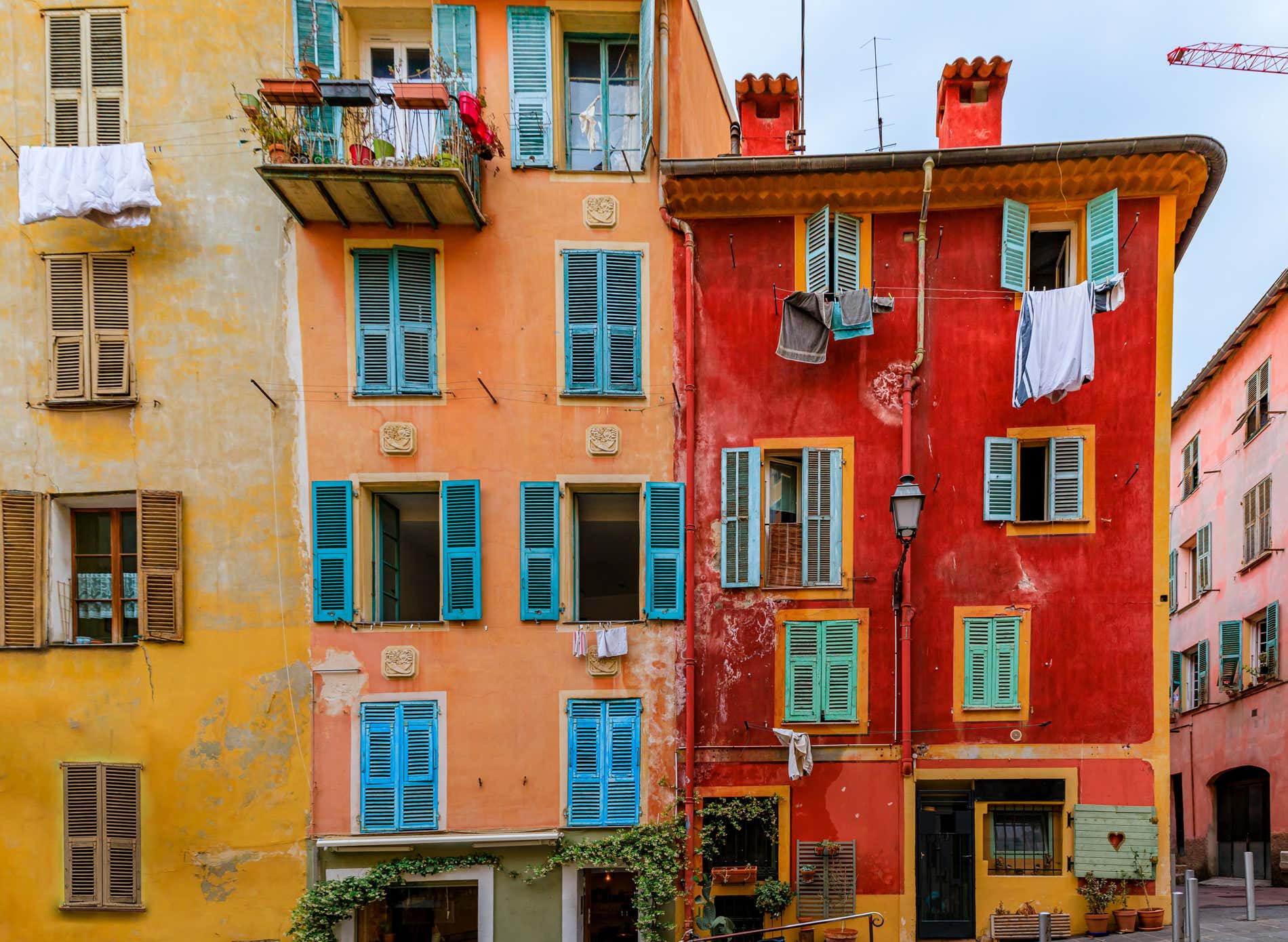The Most Beautiful Towns in the French Basque Country
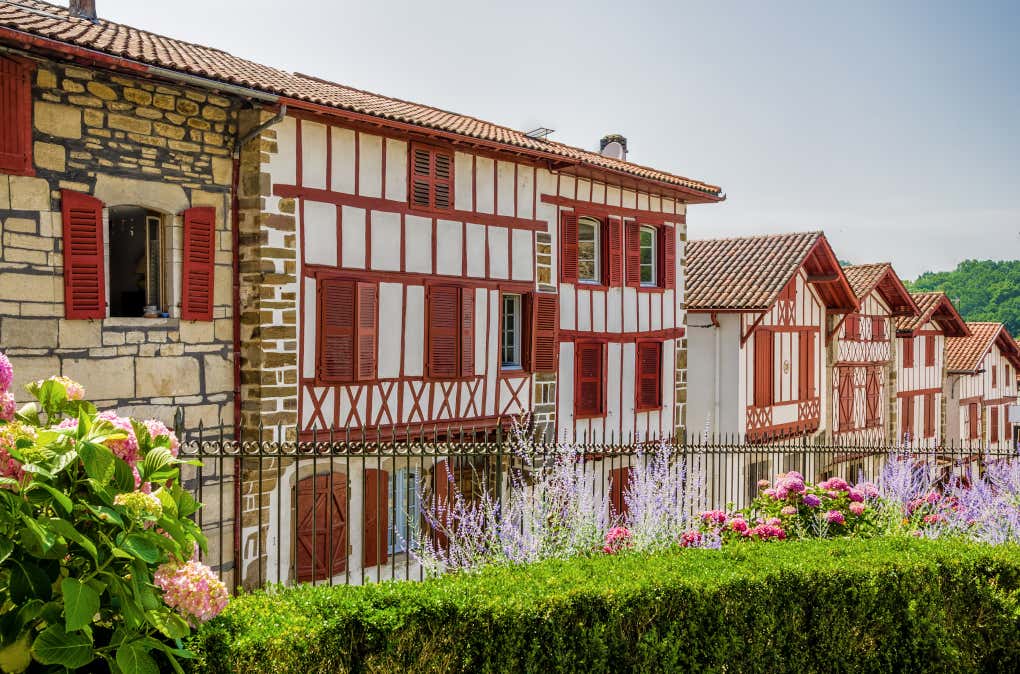
Where is the Basque area of France? The Basque Country straddles both Spain and France and is home to extraordinary beauty. If we cross the Bidasoa River and head into southwestern France, we’ll find ourselves in the French Basque Country. Although there are differences between the French and Spanish Basque regions, they do share numerous historical and anthropological characteristics, such as the use of the Basque language. If you’re after something a little different, hit the road with us and explore the most beautiful towns in the French Basque Country.
Saint-Jean-de-Luz
Saint-Jean-de-Luz is one of the most beautiful villages in the French Basque Country and is located on the coast in Aquitaine. It’s a popular beach destination often visited by Parisians, and its harbour is one of the oldest on the Basque Coast. Boats leave from here to the Higer Lighthouse (Gipuzkoa). This route will also take you past the towns of Hondarribia and Hendaye as you cruise along the coastline. The town is also linked to Louis XIV, the Sun King, and his wife Marie-Thérèse of Austria.

Sare
Just 30 minutes from Saint-Jean-de-Luz is Sare, a small mountain village at the foot of the Rhune massif. You can get there on foot or by tourist train. Let’s see what its main sights are!
A must-see in Sare is the Ortillopitz House, an old farmhouse, which is a great example of typical French Basque architecture. Other places of note are the Saint-Martin Church and the prehistoric Caves of Sare.
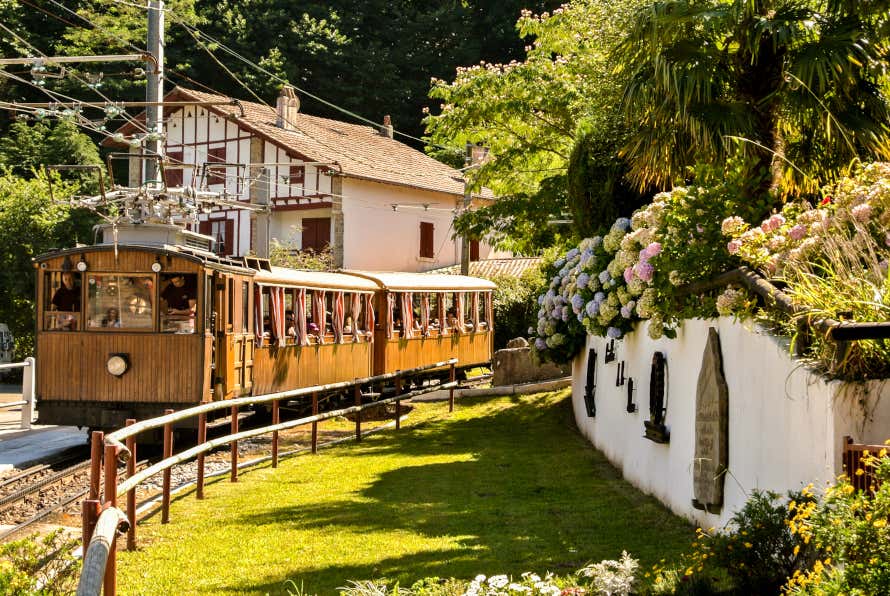
Espelette
Espelette is most famous for its dried red peppers. You’ll love strolling around this town, which is one of the most beautiful in the French Basque Country, and admiring the strings of peppers drying on the façades of its buildings.
The famous Espelette peppers have become a tourist attraction, not only because of the peppers themselves hanging from the houses, but also because of the Espelette Pepper Visitor Centre, which explains the origins of this tradition.
As well as its picturesque streets, the town is home to the Château des Varones d’Espelette, a beautiful building that now houses the town hall. Visitors also love the 16th-century Saint-Etienne Church, which was originally built as a fortress.
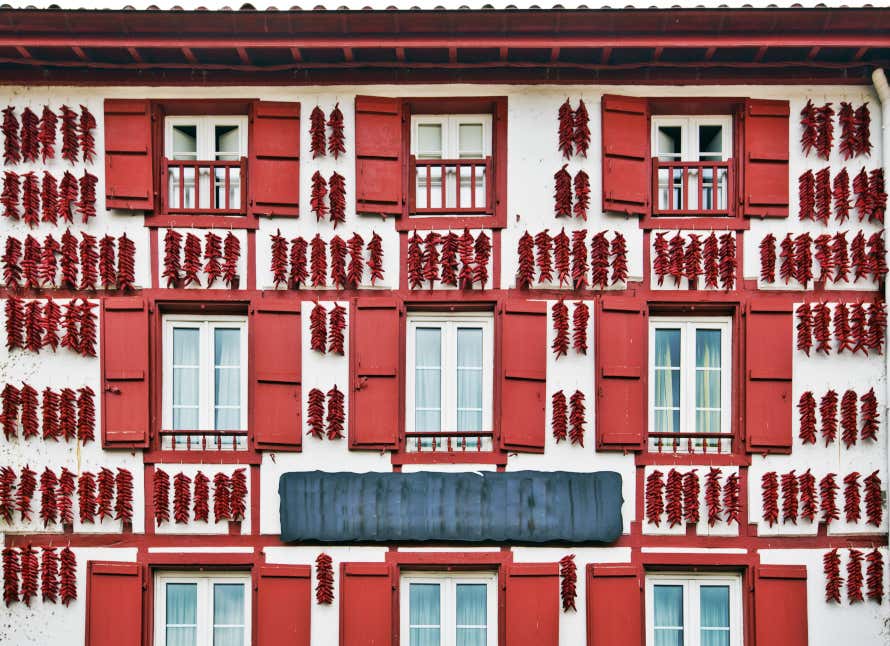
La Bastide-Clairence
Another town where you’ll be able to see the beautiful architecture of the Basque region is La Bastide-Clairence. These villages, known as bastides, were created during the Middle Ages for defensive purposes, and La Bastide-Clairence is the only one in the French Basque Country that still stands today.
The whole village is like an open-air museum. Strolling through its streets is a journey through the past and different traditions, as you’ll find old businesses such as glass workshops, looms and forges. The red and green half-timbered houses, some of them with arches, are also a delight.
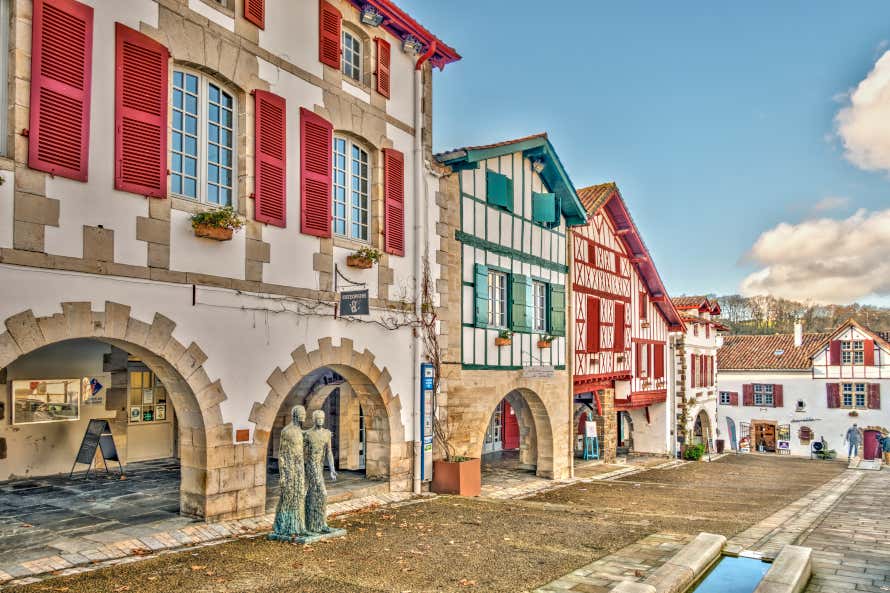
Ainhoa
Between Sare and Espelette we’ll find Ainhoa, another beautiful town in the French Basque Country. It’s right on the border with the Spanish region of Navarre. The French Way of St. James, which many pilgrims walk on their way to Santiago de Compostela, passes through here. Ainhoa is a small municipality, with few streets and typical half-timbered houses. Also of note is the Church of Our Lady of the Assumption, a 13th-century building surrounded by a unique cemetery. The cemetery’s stelae have carvings of symbols and geometric shapes, as is traditional in the Basque Country. Next to the church you’ll also see a wall where locals play Basque pelota, a typical regional sport.
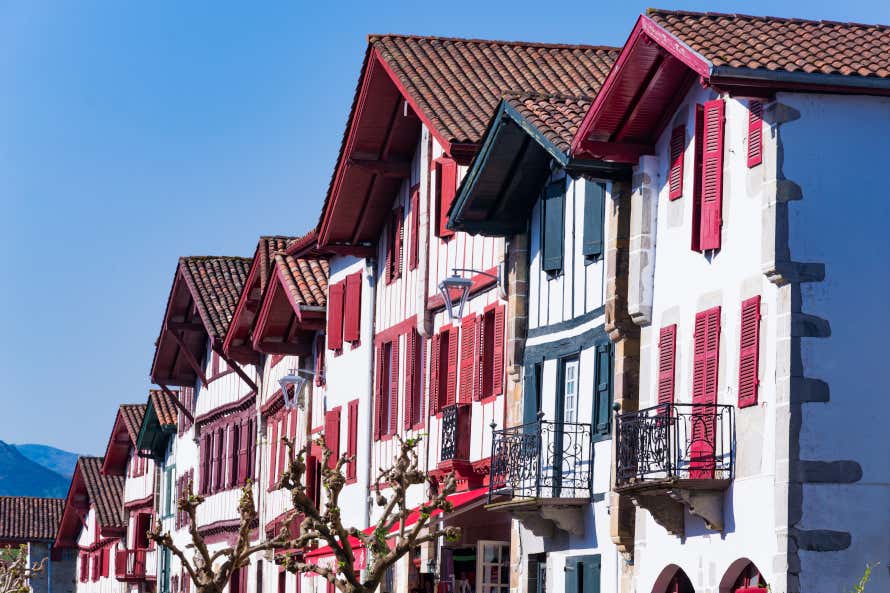
Saint-Jean-Pied-de-Port
Another municipality that’s located on the Way of St. James is Saint-Jean-Pied-de-Port. This historic town was the capital of the region of Tierras de Ultrapuertos until 1527. This area later became known as Lower Navarre after its separation from the rest of the region.
Its medieval origins can be seen mainly in its architecture, which is different from the rest of the villages in the French Basque Country. As you stroll through its streets, which are lined with pink sandstone houses, you’ll feel like you’ve travelled back in time to the period when the Way of St. James was full of pilgrims staying in the town’s hostels on their way to Santiago de Compostela.
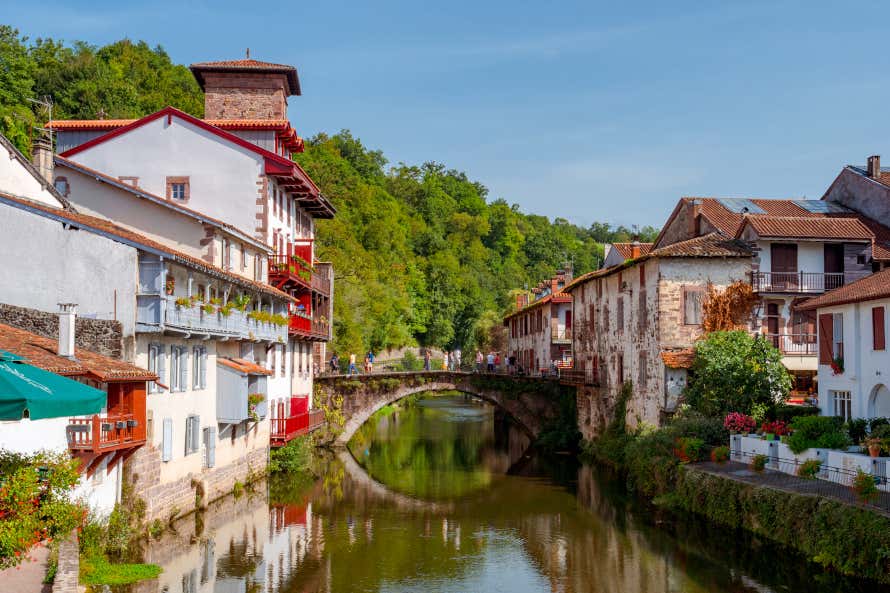
Bayonne
Bayonne is most famous for being the place where King Ferdinand VII signed his abdication in favour of Napoleon, who appointed his brother Joseph Bonaparte as the new monarch. The town’s architecture is a mixture of Basque and French styles, and its monuments include the Château Neuf, Château Vieux, and Bayonne Cathedral. This last spot is one of the stages of the French Way of St. James and a World Heritage Site. You can discover all these places and explore the city with a guide just for you on a private tour of Bayonne.
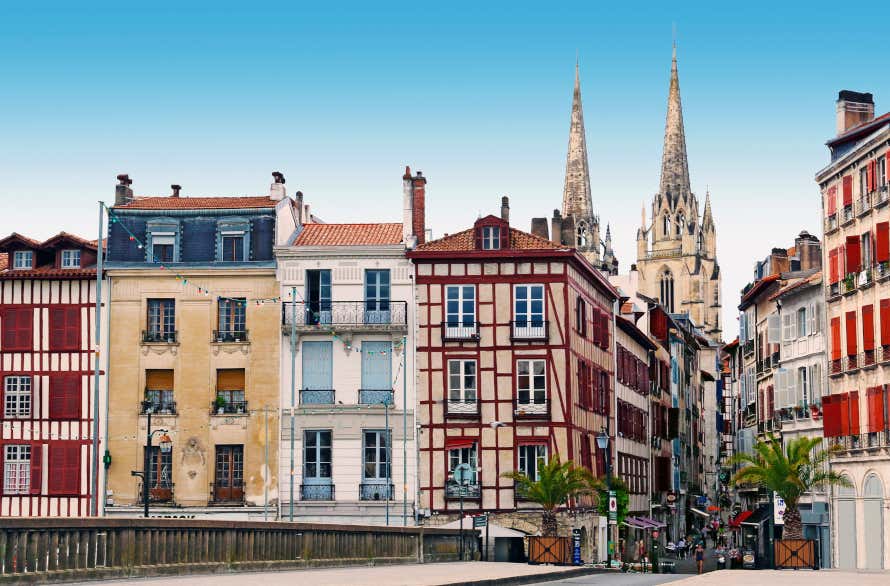
A trip to the French Basque Country is definitely worth your while. If you’re looking for some travel inspo, you can check out our website and fill your trip with lots of fun Civitatis activities.






